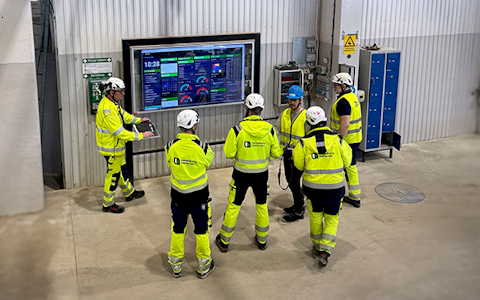
Digital dashboards that help you identify deviations and make the right decisions.

Capture your deviations and turn them into improvements
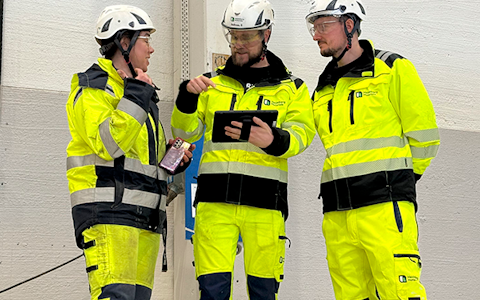
Continuous improvement, Kaizen boards, PDCA and other tools.

All your team’s tasks, neatly organized in one weekly view.
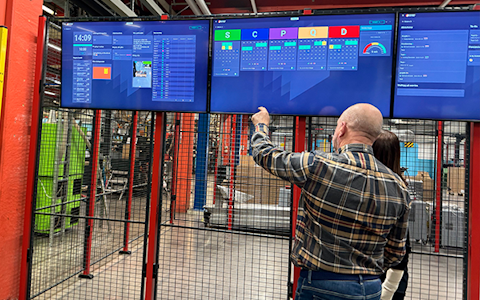
Improve key performance indicators within your specific focus areas with our SQCDP board.

Use the PDCA cycle as a tool to improve both quality and processes

Digital tools for 5S work, recurring audits, and a well-organized workplace.
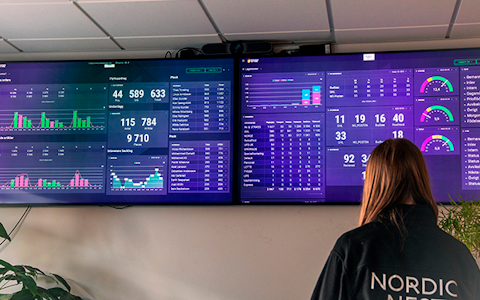
Visualize KPIs and communicate effectively throughout the entire organization.

Basic project management and activity boards.
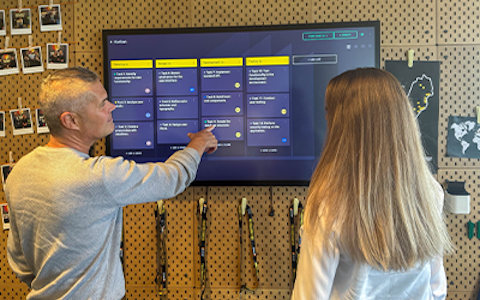
Kanban is a powerful method for visualizing, managing, and optimizing workflows.
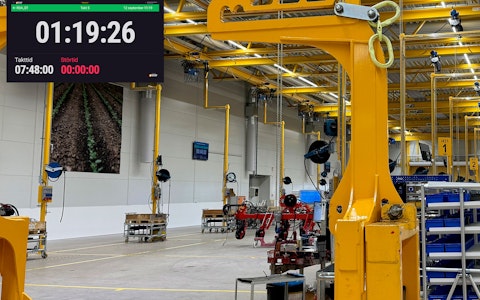
Digital dashboards for takt time flow with takt time counter and stop time log.
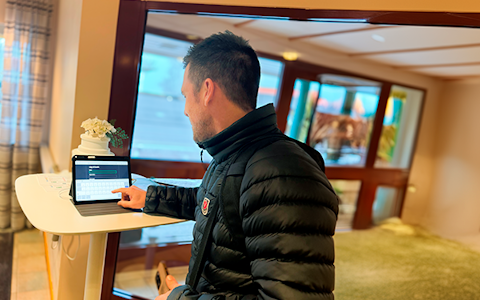
Digital visitor registration provides full control over all planned and executed visits to your business.
In Boards on Fire, user types define the level of access and functionality that different people have in the system. It’s not only about who has access, but also what they are allowed to do – for example, whether they can create boards, edit data, or only view information.
By working with clearly defined user types, you gain better structure, control, and security over how the platform is used by employees in different roles across the organization, regardless of their level.
There are four different user types in Boards on Fire, and the one you choose determines which functionality is available in your environment.
User
A user logs in with their email address and can create, edit, and update boards, as well as work with data in Boards on Fire. This role is designed for employees who use the system in their daily work to visualize and follow up on information.
Shared User
Shared users are not linked to a specific individual, which means they do not need a personal email address to log in. Instead, login is done with a username and password, or via a dedicated login link tied to that user. The login link can be used to take you directly to a specific board or organization, which is useful for startup scripts or other cases where you want to automatically land on a particular board.
The shared user is especially helpful in situations where multiple people need access to the same view without logging in with personal profiles. Examples include a display screen in a cafeteria, production area, or entrance where information should be visible to everyone. Another example is a check-in screen in the visitor module, where guests register themselves.
Just like the “User” type, a shared user must be assigned to one or more permission groups in order to control their access in Boards on Fire.
Employee
Employees do not have their own login to the system, but they are visible in staff lists and can be assigned tasks. This role is used to include individuals in workflows and task planning without requiring them to have direct access to Boards on Fire.
Customer Administrator
This user type works essentially like a regular user but with extended permissions. In addition to standard functionality, the customer administrator has full access to all organizations in the system as well as all parts of the admin interface. This makes the role ideal for those who need to work across the platform and manage settings or administration at a higher level.
Extended Permissions
A customer administrator in Boards on Fire has full access to the platform, including all settings in the admin interface. A regular user, by default, has no access to the admin interface. However, there may be cases where certain users need access to one or more of these settings.
That’s why you can adjust this for each user under the Extended Permissions tab. Here, a customer administrator can decide whether a user should be able to, for example, create new data sources, add more users, or edit permission groups.
REMEMBER! When you create a new user, you must assign them to a permission group in order for them to access the system. It’s the permission group that determines what the user can see and do in Boards on Fire. To learn more about this, check out our video on permission groups.
Good to Know About User Types
As a customer administrator, you can always easily upgrade or downgrade a user’s type whenever needed. This makes it simple to adjust access as your team changes, ensuring everyone has the right permissions for their tasks.
Only provide the access that’s truly necessary. This helps create clarity and safe handling, as it becomes easier to keep track of who does what in the system. When too many people have full access, it’s easy for multiple users to try and manage the same settings at once, which can make collaboration more difficult. By giving the right access to the right person, you create a secure and efficient working environment for everyone.
Automatic Invitation
When you add a user in Boards on Fire, an invitation is automatically sent to their email. The user can then follow a link to choose a password and gain access to the system.
Choosing the right user type is not only about access – it’s about giving each person the right conditions to contribute in the best way possible. When user types are clearly defined, working in Boards on Fire becomes easier, safer, and better aligned with how your organization operates.
Resetting Your Password
If you need to reset your password, simply go to the login page (each customer has a unique login page) and click on the “Forgot password” link. Enter the email address linked to your account.
A verification code will then be sent to your inbox. Enter the code on the page to confirm your identity. Once the code is verified, you can create a new password and log in as usual.
Please note that it may take a minute before the email with the verification code arrives – be sure to check your spam folder if you don’t see it right away.
Free web demo